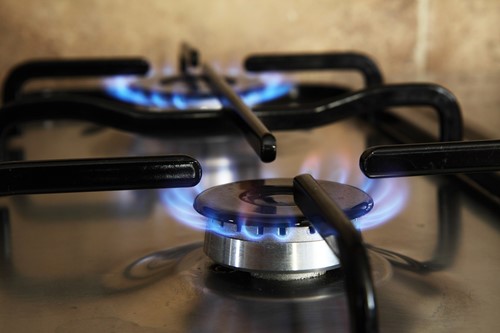
Much like fire detectors, carbon monoxide detectors are small pieces of equipment that could potentially save your life. These small detectors can easily be plugged into any outlet, and their excessively loud alarm is designed to alert you immediately to danger. Carbon monoxide detectors will sound the alarm if there are high levels of carbon monoxide in your home. This odorless, tasteless gas is nearly impossible for humans to detect on their own, but the symptoms of carbon monoxide poisoning can be debilitating and life-threatening.
Our guide will provide you with the information you need to know about carbon monoxide detectors and why they are essential for a healthy home.
Common Sources of Carbon Monoxide
Carbon monoxide is a gas that can be produced by many household products. When carbon monoxide levels become too high, people and animals inside the home can begin to feel very sick. Some of the most common sources of carbon monoxide in the home include:
- Gas-burning appliances, such as stoves or drying machines.
- Cars that are parked and running.
- Gas fireplaces.
- Wood-burning stoves.
- Generators.
- Space heaters.
Any home that has one or more of these items is at risk for exposure to carbon monoxide which is why it's necessary for you to invest in a carbon monoxide detector.
Symptoms of Carbon Monoxide Exposure
Symptoms of carbon monoxide exposure can vary widely, based on the level of exposure as well as the age and health of the individual who is being affected. Some symptoms of carbon monoxide exposure can include:
- Frequent and persistent headaches, ranging from mild to severe.
- General malaise and persistent nausea.
- Weakness and fatigue.
- Confusion, dizziness or blurred vision.
The level of exposure as well as the length of exposure will determine how quickly and fully a person recovers after carbon monoxide exposure. When identified quickly, many people enjoy a quick and complete recovery. When exposed to high levels of carbon monoxide over a long period of time, some people will have lifelong complications or may even die as a result.
Choosing a Carbon Monoxide Detector for Your Home
Today, most carbon monoxide detectors on the market adhere to a strict set of minimum safety standards. This means that regardless of which detector you select for your home, it will alert you to a possible exposure in a matter of moments.
Where to Place Carbon Monoxide Detectors
You should ideally have a carbon monoxide detector on each floor of your home, but you may want to consider purchasing a detector for every room where an appliance or device is located that may produce carbon monoxide. It is particularly important to have carbon monoxide detectors near rooms where people sleep, so that the alarm can alert the people in your house no matter what time of day it is.
Carbon monoxide is an invisible threat, and if CO levels in your home become too high, the results could be deadly. It is best to be proactive and purchase carbon monoxide detectors for your home. You also should remind your family members and friends to do the same. By taking preventative action, you can rest easy knowing that you have a healthy home that everyone can enjoy.
About the Author
